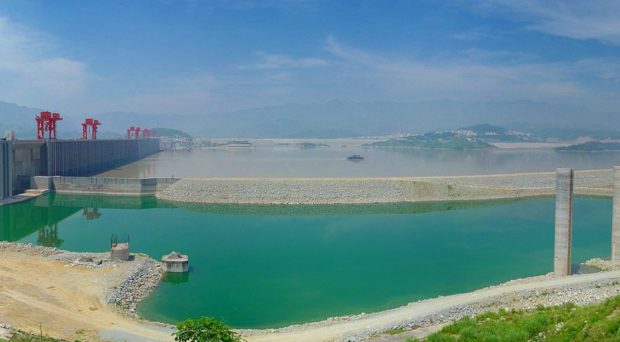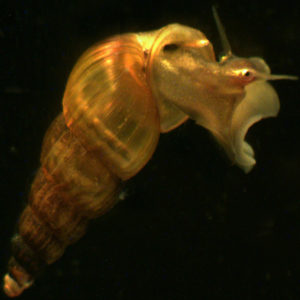
The Three Gorges Dam, located at the upper reaches of the Yantze River, in Hubei province, China, is the world’s largest hydroelectric dam, generating 87 TWh of power in 2015. Originally conceived in 1919 by Sun Yat-sen, first president and founding father of China, in his work The International Development of China, the dam became operational in 2003 – almost a hundred years later. The Three Gorges Dam, like other hydroelectric dams around the world, is a much needed source of renewable power to the regional population. In addition to its role in power generation, the Three Gorges Dam has opened up shipping capacity on the Yantze and decreased flooding risks.
Despite their obvious technological benefits to communities, hydroelectric dams have been linked with the spread of some parasitological diseases. Solomon Kibret and colleagues showed that hydroelectric dams increased the risk of malaria in sub-Saharan Africa, and elimination programmes have had to take them into consideration when implementing control measures. Furthermore, the same group have more recently found that future climate change will only exacerbate the impact dams have on malaria elimination.
Similarly, the prevalence of genito-urinary schistosomiasis was higher in children living near the Kobe Dam in Nigeria, as observed by Tolulope Ebenezer Atalab and his colleagues. On the other hand, prevalence of onchocerciasis near the Merowe Dam in northern Sudan decreased after the dam was constructed. This is due to the dam flooding the area where the disease’s vector, the black fly, breeds and reducing its population.

With these and similar cases in mind, Yi-Biao Zhou and colleagues set out to determine whether the Three Gorges Dam, located in an area of endemic schistosomiasis, would impact on the progress of schistosomiasis elimination in China. Several natural lakes downriver from the dam are considered endemic for the parasite, Schistosoma japonica, and its intermediate host, the Oncomelania hupensis hupensis water snail. Zhou and colleagues analysed 55 published research articles relating to the dam’s impact on schistosomiasis – 37 articles predicted an impact whilst 18 reported an existing impact – and found overall, that the dam has impacted (or will impact) positively towards schistosomiasis elimination. This is mainly due to the dam changing the hydrology of the area in the following ways:
- The dam has been effective in controlling natural flooding, consequently the dispersal of snails, along the river. Subsequently, it has reduced the risk of infection in humans and animals. In fact, studies have shown a decrease in people reporting infection, especially acute cases.
- In the first few months of the year, the dam causes an early flooded bottomland, resulting in the death of many adult snails. In addition, under these conditions, development of snail eggs and juvenile snails is disrupted, because Oncomelania snails need to live out of the water during the early stages of their life.
- The dam has caused early water recession in autumn, meaning the land is exposed for longer during the year and making what was formerly marshland suitable for crops such as wheat and rapeseed. In addition, cattle are kept away from these lands, so they, normally the primary infection source, do not spread the parasite.
- The dam operates a winter-water, summer-land cycle, which is directly opposite to the water snails’ inherent winter-land, summer-water cycle. Therefore, the dam disrupts the snails natural cycle.
Zhou and colleagues, reporting their findings in Infectious Diseases of Poverty, stress that there are caveats to their findings, mainly because they analysed only 55 published articles and many of these are predicted impacts derived from models rather than observed impacts.
I will, therefore, cautiously conclude that, upon initial analyses, the Three Gorges Dam has disrupted environmental conditions for the Oncomelania snails significantly enough to decrease schistosomiasis transmission. However, I do wonder whether this will be maintained or if the Oncomelania snail will adapt to the changed hydrology?

Comments